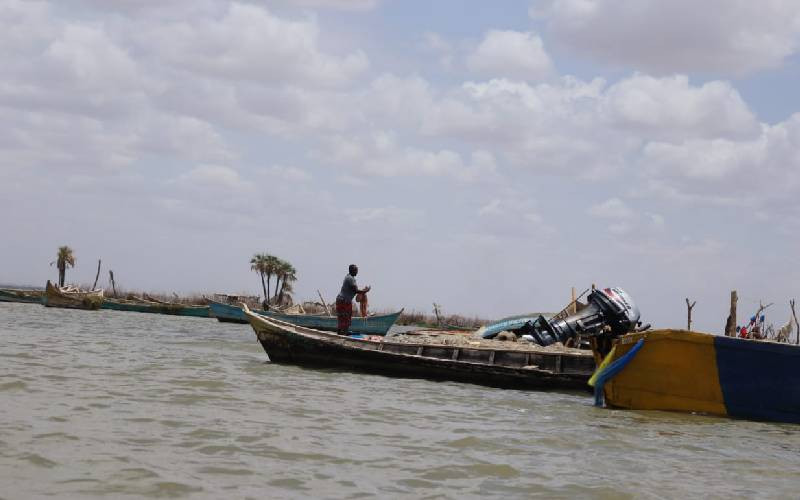Survey by National Museums of Kenya and US university shows about 580 people were buried in the graveside 5,000 years ago.
A new study has discovered that the largest cemetery in East Africa was built 5,000 year sago around Lake Turkana.
The study by scientists from the National Museums of Kenya (NMK) and Stony Brook University from the US found that the cemetery, in which about 580 people were buried, was built by pastoralists.
The findings show that Kenya was not only the home of culture but innovation as well.
“The study debunks the view that only Western societies organise themselves socially. It confirms that even pastoralists in Kenya and East Africa lived in organised societies. This research is significant as it shows that Kenya holds key to other cultural, biological and behavioural evidence,” said Dr Emmanuel Ndiema from NMK.
He said the findings show that pastoralists knew how to adapt to climatic and cultural changes 3,000 years ago.
Those buried in the cemetery are believed to have lived without major inequalities, contradicting narratives about the origin of early civilisations, according to the study released in Nairobi yesterday.
Dr Elisabeth Hildebrand, from the Department of Anthropology at Stony Brook University, led the team.
“The Lothagam North Pillar Site was a communal cemetery used over several centuries. A platform 90 feet in diameter held a large cavity in its centre. An estimated minimum of 580 individuals were placed close together,” Hildebrand said.
She added: “Men, women and children were buried with elaborate personal ornaments. Eventually, burial activities ceased and herders capped the entire platform with stones.”
She said archaeologists who settled among agricultural societies found that large groups of people built permanent monuments as reminders of shared history, ideals and culture.
“These ancient monuments have been regarded as reliable indicators of complex societies with emerging elites and social classes. However, the Lothagam cemetery was constructed by mobile pastoralists and carries no evidence for hierarchy. It therefore requires alternative models for the relations between monuments and social change,” Hildebrand said.
Ndiema said the discovery had prompted researchers to examine similar examples elsewhere in the world.
“The report has potential to reshape global perspectives on how and why large groups of people come together to form complex societies,” he said.
He added: “In this case, it appears that Lothagam North’s architects faced uncertain environments as Lake Turkana shrunk by 50 per cent and grappled with economic and social instability. Early herders may have constructed the cemetery to provide a stable landmark on a shifting landscape,” he said.
Stay informed. Subscribe to our newsletter
Monumental site
Hildebrand said Lothagam is the earliest known monumental site in Eastern Africa built by the region’s first herders.
“This finding makes us reconsider how we define social complexity and the kinds of motives that lead groups of people to create public architecture,” she said.
Ndiema said: “Over several centuries, people buried an estimated 580 individuals, from infants to the elderly - both men and women. This constitutes one of the earliest known cemeteries in Eastern Africa.”
 The Standard Group Plc is a
multi-media organization with investments in media platforms spanning newspaper
print operations, television, radio broadcasting, digital and online services. The
Standard Group is recognized as a leading multi-media house in Kenya with a key
influence in matters of national and international interest.
The Standard Group Plc is a
multi-media organization with investments in media platforms spanning newspaper
print operations, television, radio broadcasting, digital and online services. The
Standard Group is recognized as a leading multi-media house in Kenya with a key
influence in matters of national and international interest.
 The Standard Group Plc is a
multi-media organization with investments in media platforms spanning newspaper
print operations, television, radio broadcasting, digital and online services. The
Standard Group is recognized as a leading multi-media house in Kenya with a key
influence in matters of national and international interest.
The Standard Group Plc is a
multi-media organization with investments in media platforms spanning newspaper
print operations, television, radio broadcasting, digital and online services. The
Standard Group is recognized as a leading multi-media house in Kenya with a key
influence in matters of national and international interest.








